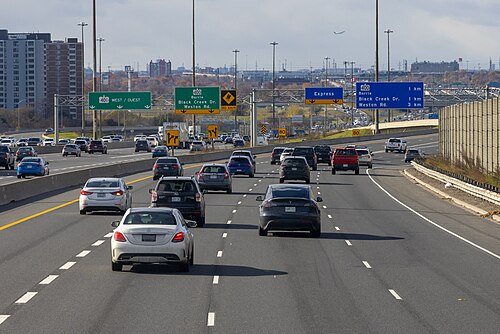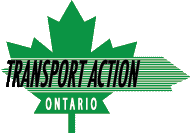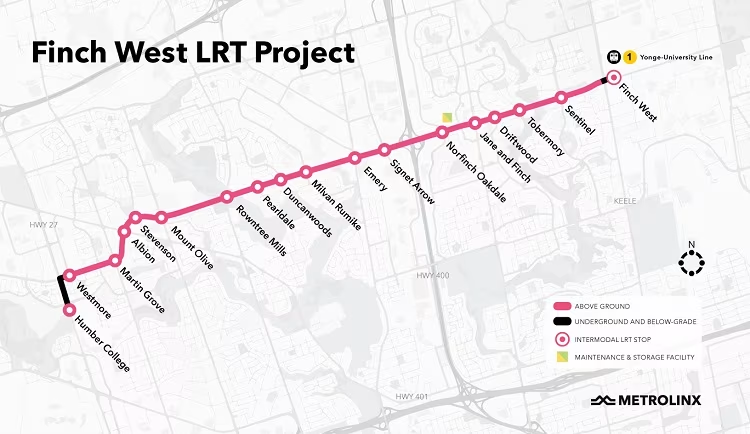
New Report: Transit over Traffic – Hard Truths for Addressing Gridlock in the GTHA
By Transport Action Ontario | Highways and Bridges , Latest News , Major Reports , Urban Transit
Transport Action Ontario and Environmental Defence Canada have jointly published a major report on addressing gridlock in the Greater Toronto and Hamilton Area (GTHA). It makes the case that spending $80 billion on mega-highways like Highway 413 and the Highway 401 tunnel will make commutes worse, not better. Decades of experience across North America show that expanding urban highways (non-tolled) just induces more traffic. For the same $80 billion price tag, Ontario could build 400 km of new rapid transit.
The report makes the case that the best way to reduce gridlock is to reallocate highway funding to transit builds and also double transit service so people can “show up and go” without checking schedules. Cities where 30% of rush hour trips are by public transit have proven that this approach works to ease road congestion.
The report also uses Highway 413 as a case study – and demonstrates that putting $14 billion (the estimated capital cost of this highway) towards public transit investment instead of the highway would move more than double the number of commuters per hour.
The report recommends 5 bold actions:
- Redirect capital funding from mega-highways to transit
- Increase transit operating funding
- Reverse car-enabling subsidies
- Reduce tolls on Highway 407 for trucks as part of a region-wide road pricing scheme
- Stop urban sprawl
The report can be viewed here:





